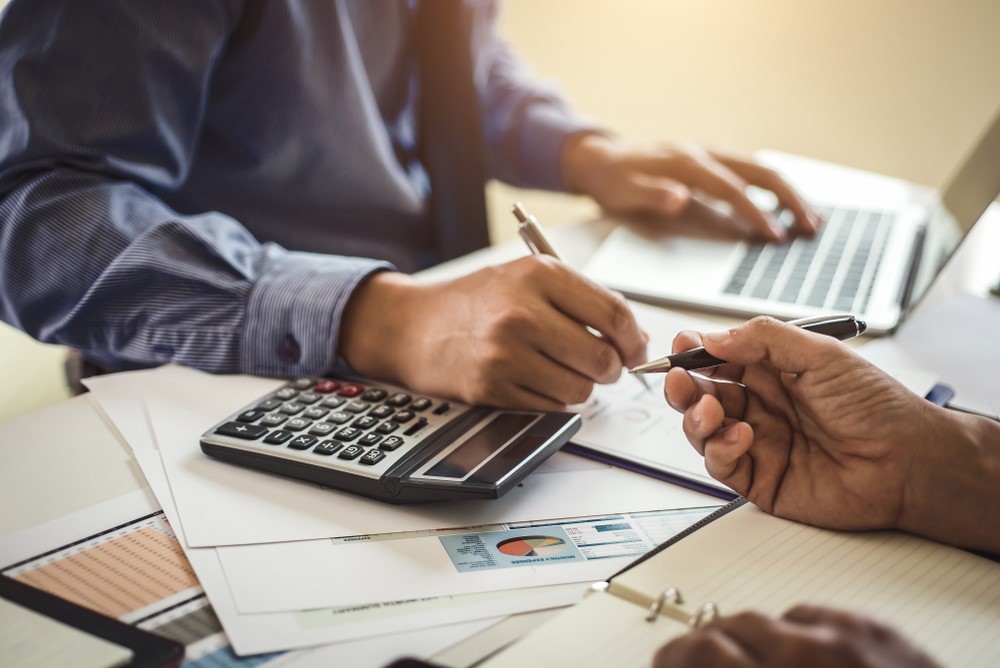
Value added tax will remain, in 2018, the most important source of revenue for the state budget. Revenues from this tax are forecast to be 17.2 billion lei or an increase of 3.0 percent compared to the amounts approved for 2017. As a share of total taxes and fees, VAT will amount to 53.7 percent, and in total state budget revenues 47 percent. The figures are presented in the draft state budget for 2018, which was approved by the Government. As I mentioned before, the document will also reach the plenary of the Parliament.
According to the draft budget, the value added tax revenues for 2018 were estimated based on the forecast of domestic consumption, the volume of foreign trade, the exchange rate of the national currency, and the improvement of fiscal and customs administration.
The Revenue Solutions
Revenues from the value added tax on goods produced and services provided on the territory of the republic for 2018 are estimated at 6.5 billion lei and will increase compared to 2017 by 486 million lei or 8.0 percent of account of the increase in household consumption, compared to 2017. The effective share of VAT on goods produced and services provided in the country in domestic consumption is estimated at 3.73 percent. You can also calculate sales tax and find out how much you have to have now.
- VAT revenues from imported goods are expected to be 13.2 billion lei. Compared to those approved in 2017, the given revenues will increase by 138 million lei or by 1.1 percent, based on estimates of the volume of imports and their structure, the appreciation of the national currency against the US dollar. The effective VAT rate on imported goods in the volume of imports is estimated at 14.74 percent.
- The refund of the value added tax on goods and services imposed at zero and reduced rates is estimated at 2.6 billion lei and constitutes 13.3 percent of the amount of VAT forecasted for collection in the budget. Compared to 2017, VAT refunds will increase by about 5 percent, and as a share in GDP these operations will be about 1.6 percent.
VAT is a tax which is the responsibility of the end consumer. Indeed, companies collect VAT on their sales and then return it to the tax authorities after deducting the recoverable VAT on purchase invoices.
For the sake of simplification, we will take the 20% VAT rate without addressing the issues related to non-deductible charges.
- Deductible VAT
- Principle
- Deductible VAT is VAT which is recoverable on purchases.
Example:
Company A buys goods Y from company B for € 100 before tax. Company A will pay company B the amount excluding VAT to which is added VAT, ie: 100 + 20 = € 120 including VAT.
The deductible VAT of company A is 20 €. Company A will deduct € 20 on its VAT return (CA3).
- VAT collected
- Principle
- The VAT collected is the VAT that applies to sales.
Example:
- Company A sells goods Y to company C for € 150 excl. Company A will collect from Company C the amount excluding VAT to which is added VAT, ie: 150 + 30 = € 180 including VAT.
- The VAT collected from company A is 30 €. Company A will collect 30 € on its VAT return (CA3).
- VAT payable or VAT credit
- The VAT payable is the difference between the VAT collected and the deductible VAT.
Taking the example of company A seen above, we can see that company A has the VAT collected: 29.40 € and as deductible VAT 19.60 €. Consequently, the VAT payable is equal to the difference between the VAT collected and the deductible VAT, ie: 30 – 20 = € 10.
